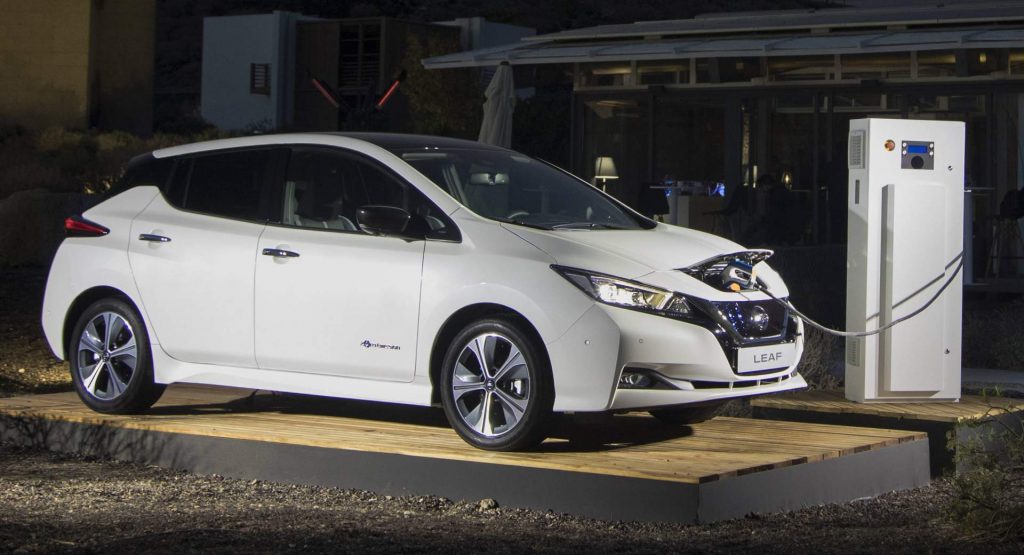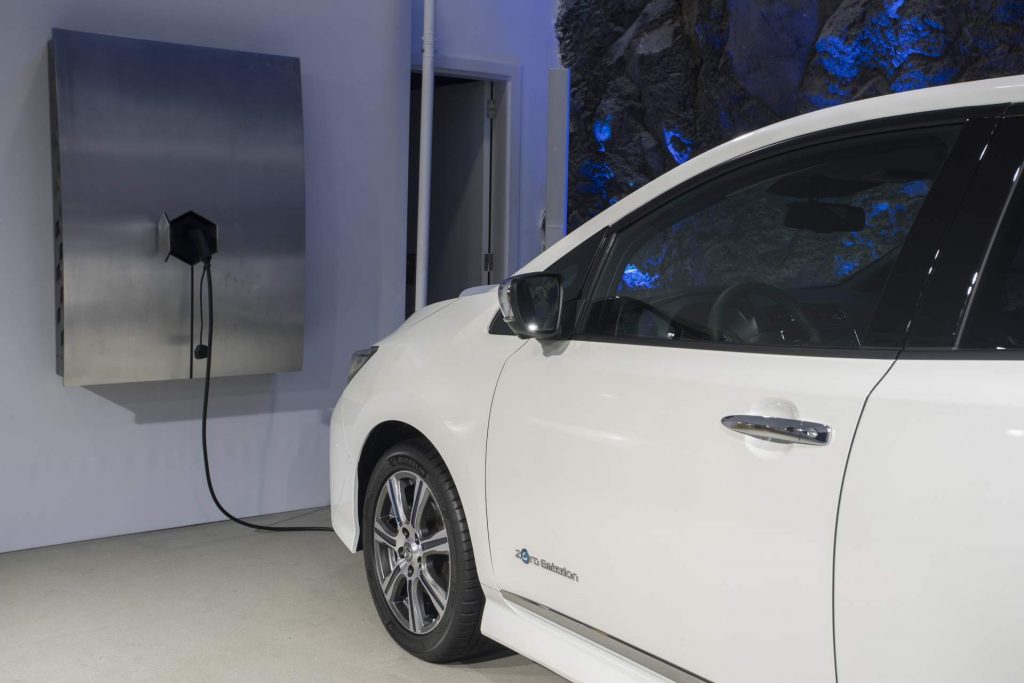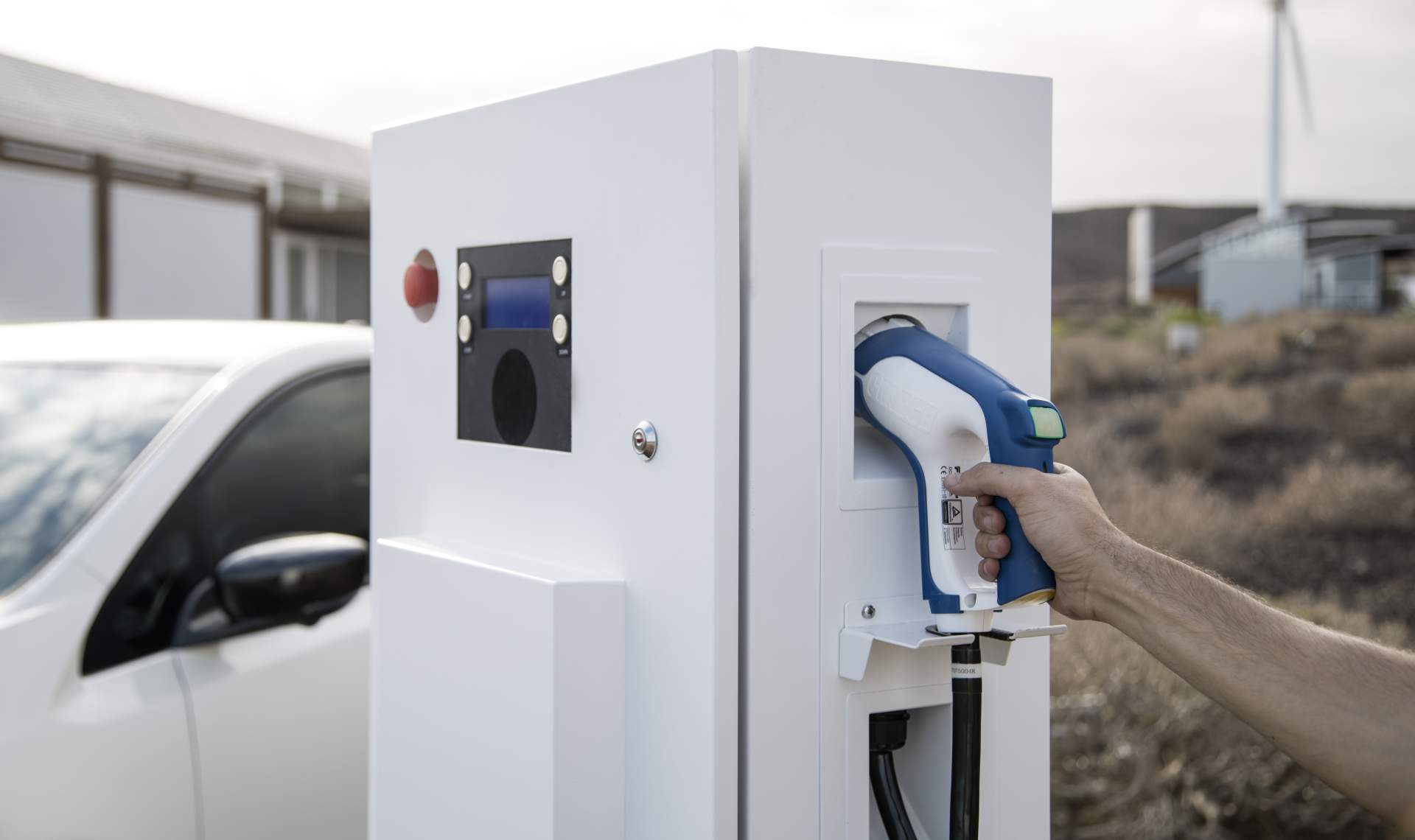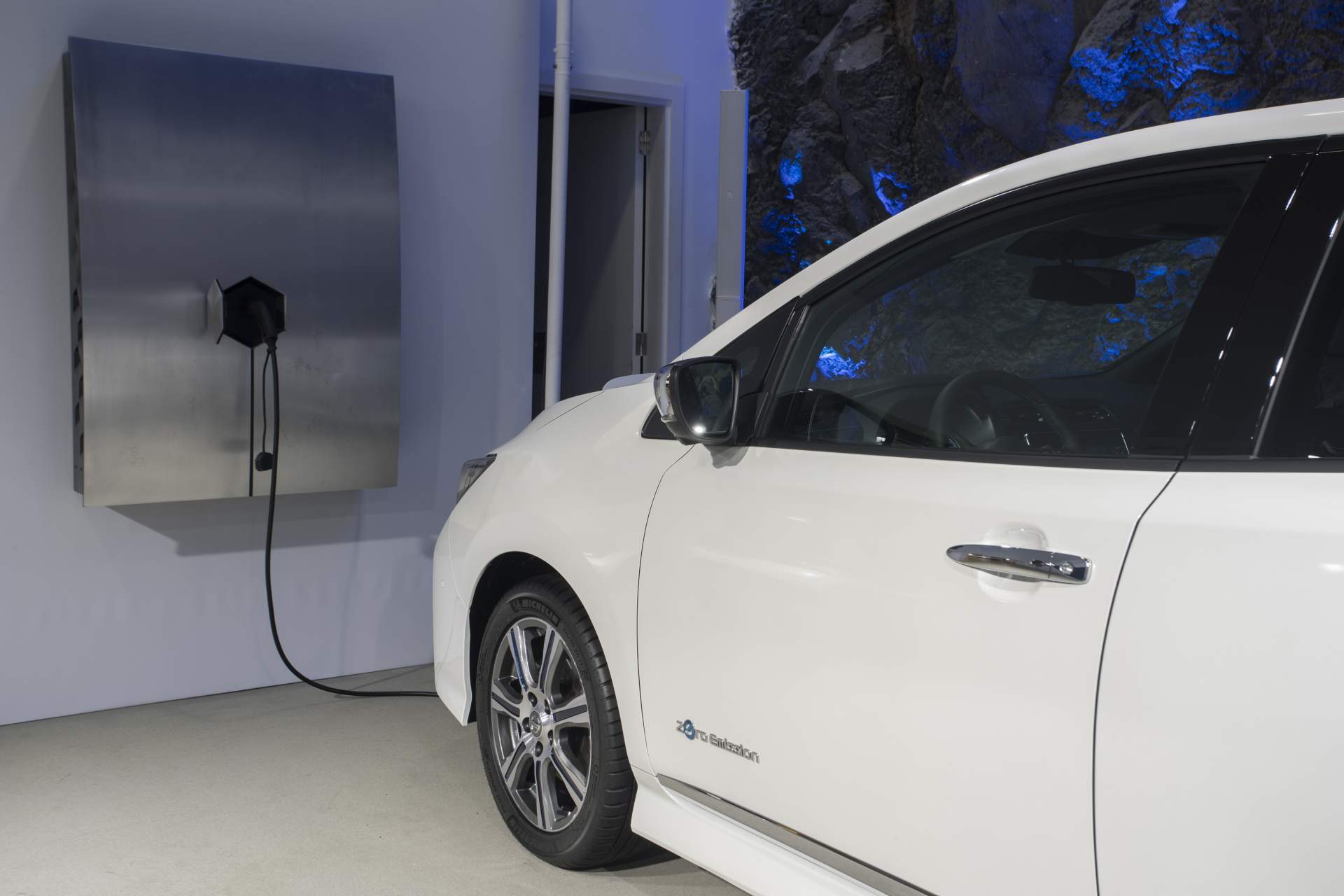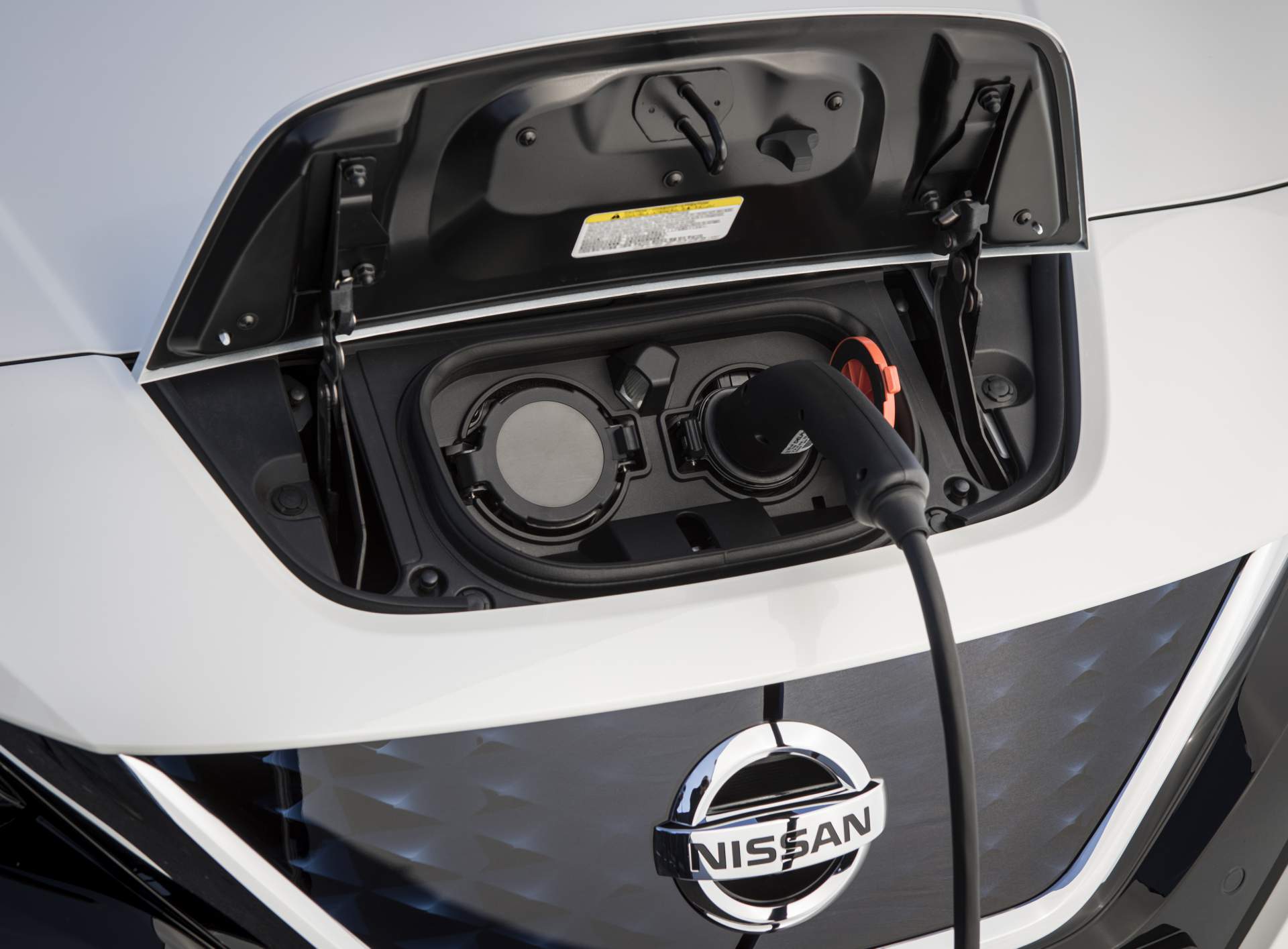The Nissan Leaf has become the first EV to gain approval for vehicle-to-grid use in Germany.
What that means is that Nissan’s EV can now be used as an energy backstop for the German electricity grid. That’s made possible by the so-called vehicle-to-grid (V2G) technology. V2G is a connection between the EV and the grid that allows power to flow from the grid to the vehicle and vice-versa.
As a result, car owners can sell energy to the network, allowing utilities to use electric vehicles as a backstop if demand rises. Nissan said that services based on V2G technology would arrive in Germany in 2019. In the initial phase, the company will target corporate clients with fleets of more than 60 EVs.
“We strongly believe in an emission-free future. Leaf batteries could make an important contribution to energy transition in Germany and a sustainable future,” Guillaume Pelletreau, Nissan Center Europe Vice President and Managing Director, was quoted as saying by Automotive News Europe.
Nissan relies on the CHAdeMO charging standard jointly developed by several Japanese companies as a rival for Tesla’s supercharger system and Europe’s Combined Charging System (CCS). Unlike Nissan, European automakers, including BMW and VW, are pushing to have the CCS established. CCS is also capable of V2G services.
According to industry experts, Nissan may be ahead for now when it comes to V2G, but technologies used by other automakers can theoretically do the same thing.



